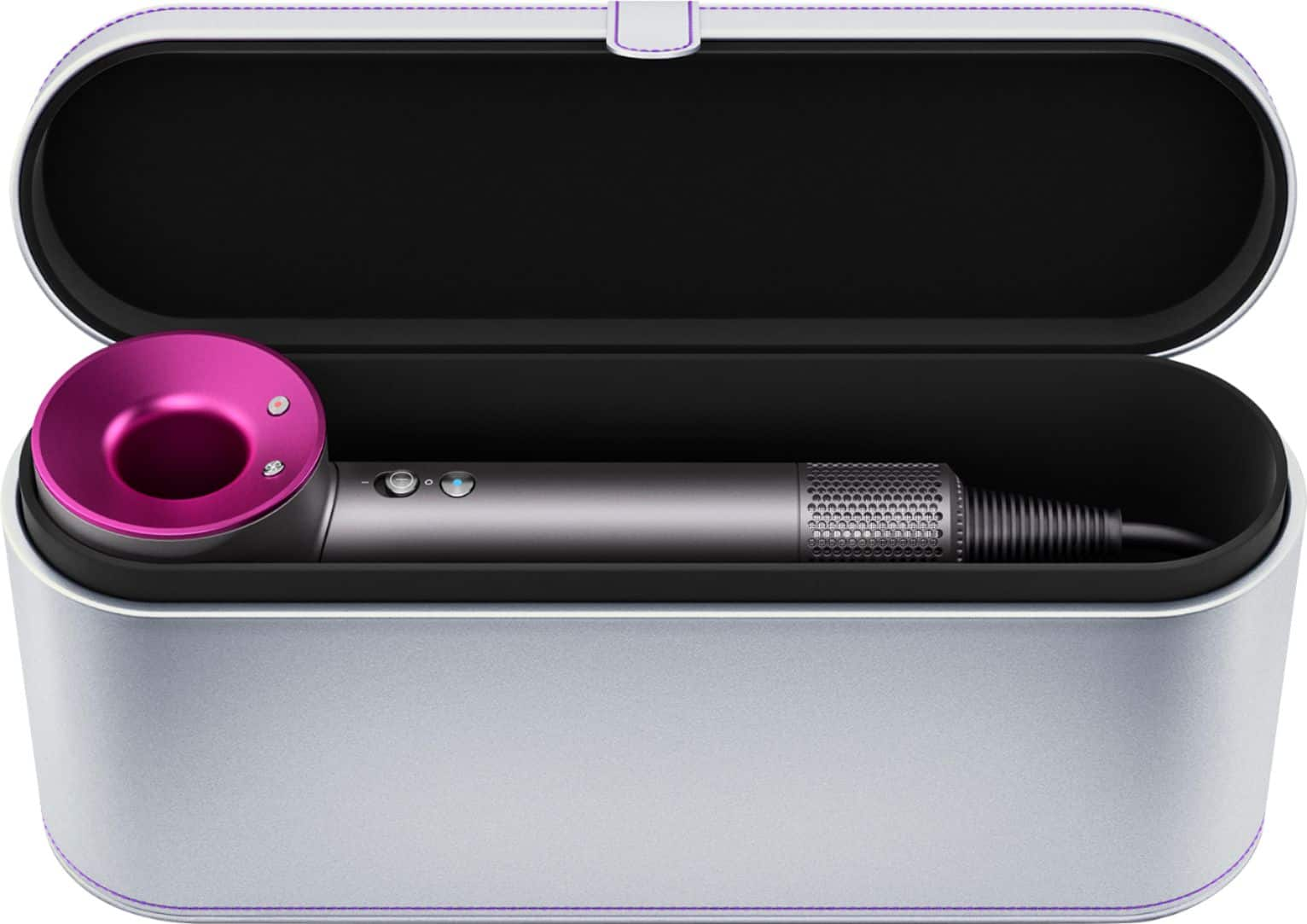The smart Trick of "Unveiling the Science Behind Dyson's Powerful Suction Technology" That Nobody is Talking About

Unveiling the Science Responsible for Dyson's Powerful Suction Technology
When it happens to suction cleansers, Dyson is a label that stand up out. Understood for their powerful suction technology, Dyson has changed the means we cleanse our properties. But have you ever questioned what helps make their vacuum cleaners thus reliable? In this blog blog post, we will definitely explore in to the science behind Dyson's powerful suction innovation.
One of the essential factors why Dyson vacuums are thus effective is their unique cyclone technology. Unlike typical suction cleaners that count on filters to catch dirt and dust particles, Dyson makes use of cyclones to generate centrifugal forces that efficiently split particles coming from the air. Full Article indicates that also the tiniest particles are caught in the vacuum cleaner cleanser, leaving behind your house cleanser than ever before previously.
The key behind Dyson's cyclone innovation is located in its layout. The suction cleanser is geared up along with numerous cyclones prepared in similarity and working with each other to generate a high-powered air movement. As sky goes into the device, it is swiftly turned all around at higher speeds, developing a centrifugal pressure that drives filth and debris towards the exterior walls of the cyclone chamber. The bigger bits then fall into a bin while smaller particles continue on to be recorded by subsequent cyclones.
But it's not merely about generating powerful centrifugal power – keeping them is equally essential. That's where another impressive attribute of Dyson vacuums happens right into play: Radial Root Cyclone™ modern technology. This technology uses specially made conoids within each cyclone to make the most of air movement and prevent blockage. By guaranteeing a continual circulation of air with the maker, Radial Root Cyclone™ modern technology maintains powerful suction energy throughout your cleansing treatment.
In addition to their strong cyclone innovation, Dyson vacuums likewise make usage of sophisticated filtration systems to make sure that only well-maintained air is eliminated back right into your property. A lot of models feature HEPA (High-Efficiency Particulate Air) filters that are competent of recording 99.97% of particles as little as 0.3 microns. This implies that not just does Dyson's suction technology remove apparent fragments, but it also removes allergens and toxins, producing it an suitable selection for those with allergy symptoms or bronchial asthma.
In addition, Dyson has incorporated smart features in to their vacuum cleaning services to enrich their overall functionality. Some models are geared up along with sensors that sense comb bar resistance and instantly readjust the suction energy accordingly. This ensures superior cleansing on various areas without the requirement for manual modifications.
Dyson's commitment to technology is evident in their continual analysis and development efforts. They put in intensely in understanding the scientific research behind cleaning, which makes it possible for them to engineer vacuum cleansers that provide extraordinary efficiency. Through mixing cutting-edge innovation with a deep understanding of air flow dynamics, Dyson has been able to create vacuum cleaners that regularly outperform typical versions.

In final thought, Dyson's strong suction technology is a result of their special cyclone concept, including Radial Root Cyclone™ technology and enhanced purification units. By using the pressure of attributes and applying medical principles to cleaning, Dyson has prepared a new specification for suction cleaner performance. Thus next time you clean up your house along with a Dyson suction cleanser, you can easily cherish the scientific research behind its effective suction and take pleasure in a cleaner living environment as a outcome.
